#RallyForRangers – Zimbabwe’s Rhino Monitors
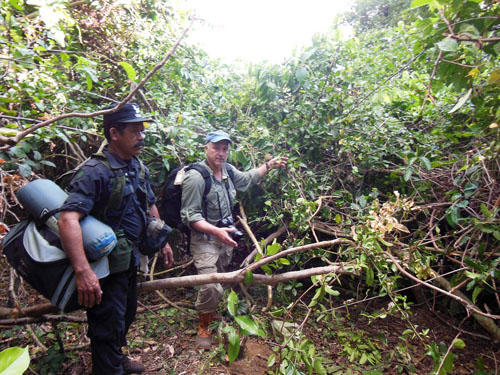
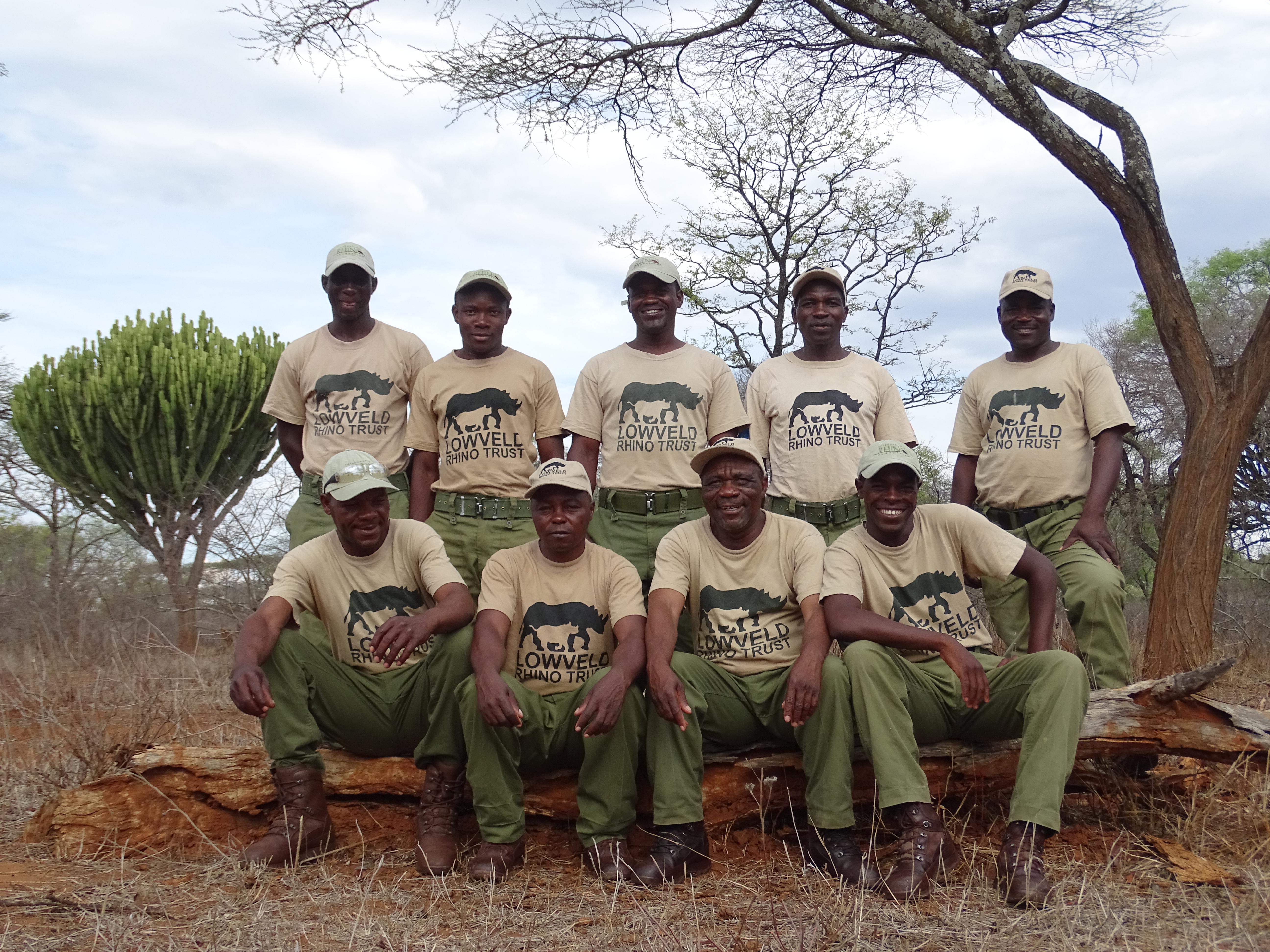
In Zimbabwe’s private Lowveld conservancies, teams of local rhino monitors, hired from neighboring communities, work tirelessly every day of the year to identify every single black and white rhino living in the area. By keeping close track of each individual rhino, they can detect and respond to poaching.
When rhinos wander into insecure, farming areas, the teams move them out of harm’s way: darting and then tranaslocate from high-risk areas to ‘safer’ locations. They closely monitor any rhinos with bullet or snare injuries and decide whether to call in vets to treat the injured rhinos, and to help rescue rhino calves orphaned by poaching. Thanks to intensive monitoring and protection, the Lowveld’s population of black and white rhinos has now grown to nearly 90% of the country’s total, up from only 4% in the 90’s.
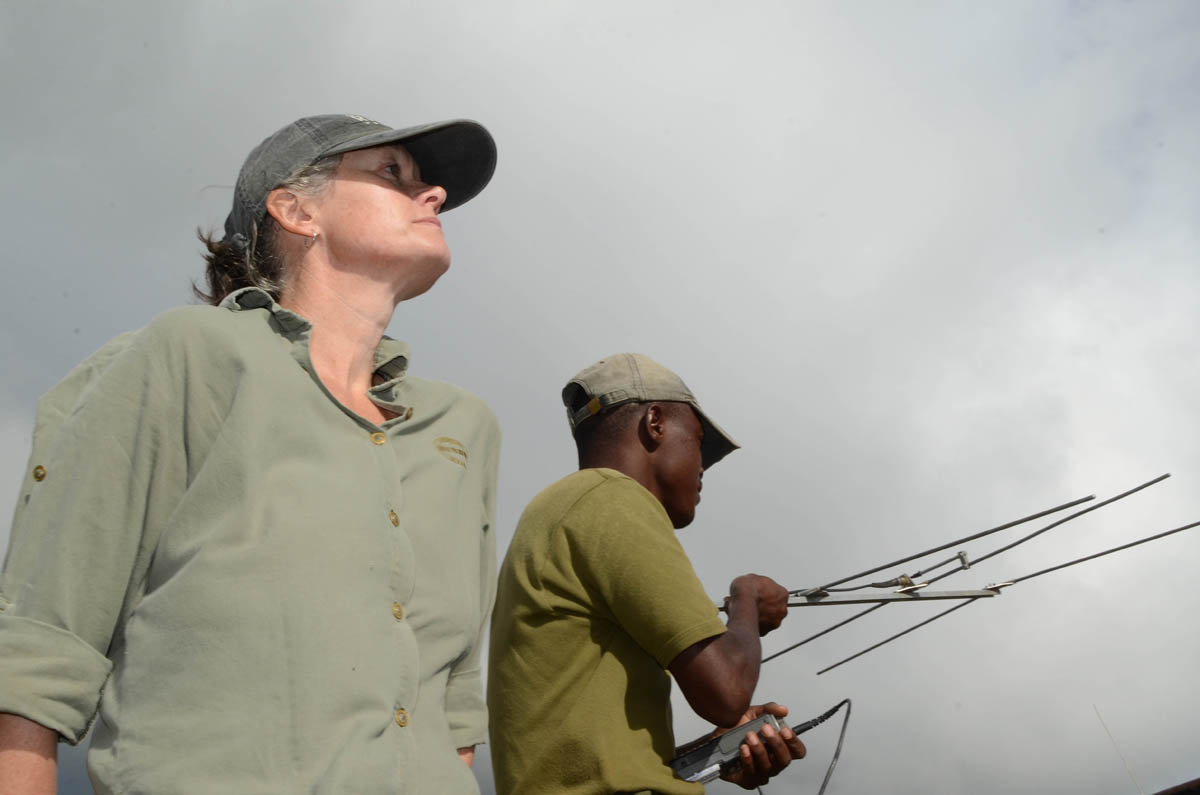
Meet The Rangers – Interview with Rhino Monitoring Team, Bubye Valley Conservancy, Zimbabwe
How many members per team? Do team members have specific roles?
We have 15 rhino monitors in our team. We have some that are purely drivers so that the cars are driven safely and taken care of because driving is not a common skill here. Having a driver also means the car can go to where the rhino monitors are after they have checked a rhino rather than having to walk back to the car again which can be a long way. The rhino monitors normally deploy in pairs called a “call-sign” which refers to the name used over the radio to call the particular pair when they are in the bush. Having two in the patrol helps speed up the tracking because you have two people looking for the spoor and it is important for safety because there are lots of elephants, lions and buffaloes in the bush too in addition to the rhinos.
Where are you from/How long have you been a ranger?
Zimbabwe, from a farming area next door to the rhino conservancy. Have been a scout for 16 years.
Why did you decide to become a ranger?
Because I have good animal tracking skills and this work allows me to remain close to my home area and family.
What is your typical day like?
Early morning we drive out looking for rhino spoor. Once fresh spoor is found we then track the rhino on foot till we see it and are able to identify which individual it is. Sometimes we have to go around elephants or lions that are in our way. We will take photos to help confirm the identity of the rhino. In the afternoons we climb up hills in the areas where poaching has been a problem and sit up observation posts (OPs) with binoculars where we look for poachers.
What do find most fulfilling about your work?
Finding new rhino calves.
What’s the hardest part of your job?
Finding poached rhino carcasses.
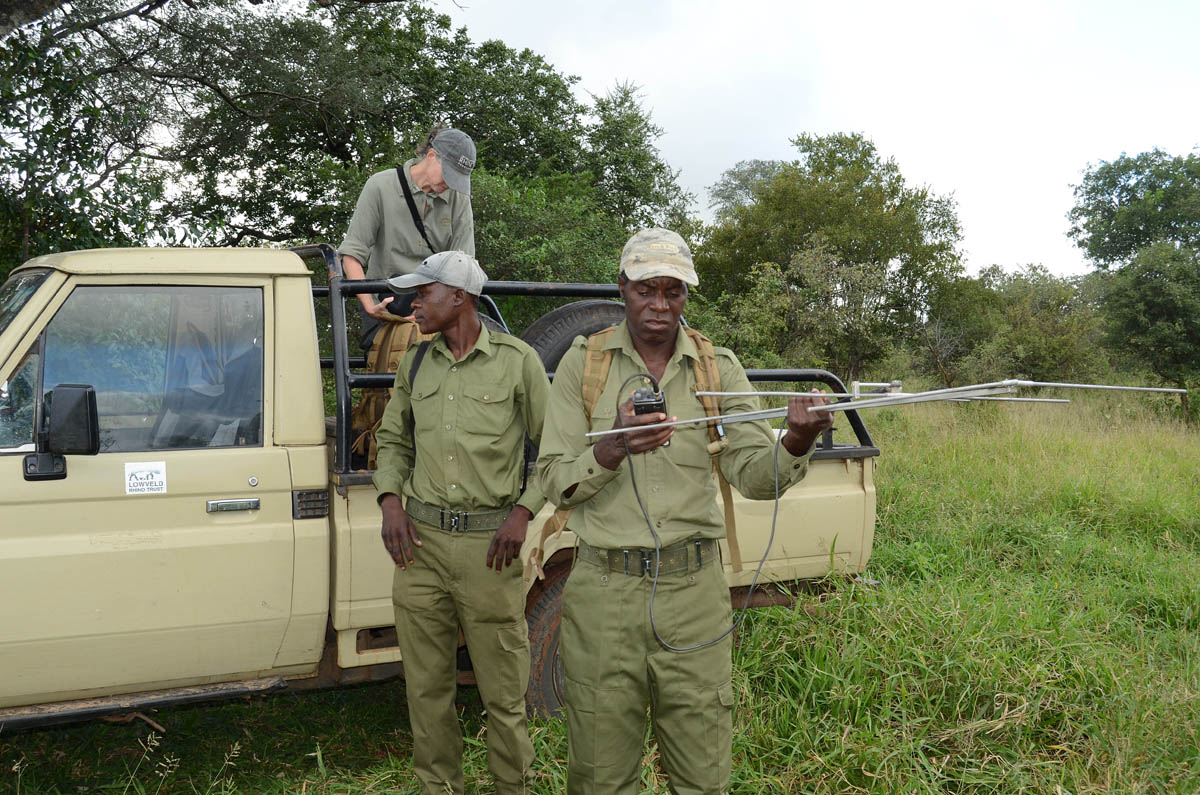
What’s your most memorable story from your job?
I have had lots of different experiences with rhinos in the bush but I think my most memorable was rescuing every single living one of our rhinos when the poaching got really bad. It was a big translocation operation and we were capturing every single day. We found every single one of our rhinos so they could be darted and moved to a safer area. We did not leave even one behind. We moved with our rhinos and it was a big relief to see them all in their new home.
What types of rhino injuries do you normally encounter when on patrol?
Fortunately our rhinos don’t get injured very often but I would say these days bullet wounds are the most common injury. Previously it used to be snaring but we don’t see that much anymore. Sometimes we might see an injury from bulls fighting.
What steps do you take when you find an injured rhino?
We carefully observe the rhino to try and work out how bad the injury is effecting it. This includes thinking about how far the rhino has moved recently, has it been able to get to water, it is eating a normal volume of food, is it lying down more than normal. Then we watch to see how the rhino is walking to see if it is imping or anything unusual. We take photos of the rhino to show how skinny or fat the rhinos is and the injury too if we can then report all this to our managers for assessing together if we need to get a vet in to treat the rhino or if we should just monitor it further to see how it goes. Most injuries don’t need a vet but some do if the injury is very bad.
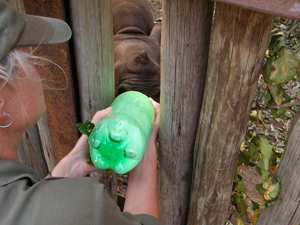
How do you monitor animals after treating their injuries?
After treatment, which normally involves a helicopter and being darted from it, the rhino is a bit more nervous than normal so you have to be very careful and make no mistakes when trying to approach it. Sometimes for very nervous rhinos we will just check the spoor to see that the rhino has been to water and is feeding properly rather than risk disturbing it further when it is recovering. After a few days we try to see the rhino visual and check the wound. If everything is ok we will check again in a week and then again later. Normally they recover really well but sometimes they don’t and we report what is not normal, like if the rhino is lying down too much and not feeding normal. If this happens we capture the rhino and put it in a boma so we can bring food and water to it till it gets better.
What training did you receive for assisting injured wildlife?
It is all on the job training because it is hard to find rhinos to practice on. We just work with others who have done it before and they teach us what to do. We also get direction about what specific things need to be checked in different cases.
What’s involved in caring for orphans?
Once they have been captured and moved into the hand raising pens the first thing is to get them to eat. If they are very young this means getting them to drink milk from a bottle which can be a bit of a challenge because they are afraid of people and want to fight them. If they are older they are normally easy to feed with browse and lucern. Luckily black rhinos calm down in pens quite quickly. The learn fast what time their bottles come and are always there at the right time.
How do you know the animal is ready for release back into the wild?
When they are big enough and there is lots of food in the bush for them to easily find enough to eat back in the wild. So normally the orphan must be over one and a half years old and it must be the rainy season.
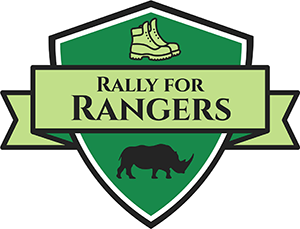 When you donate to IRF’s Rally for Rangers campaign, you’ll help fund equipment and training for K9 units working to stop poachers in southern Africa.
When you donate to IRF’s Rally for Rangers campaign, you’ll help fund equipment and training for K9 units working to stop poachers in southern Africa.
Thank you for helping rangers keep the planet safe for wildlife.

One thought on “#RallyForRangers – Zimbabwe’s Rhino Monitors”
These are brave and principled men.